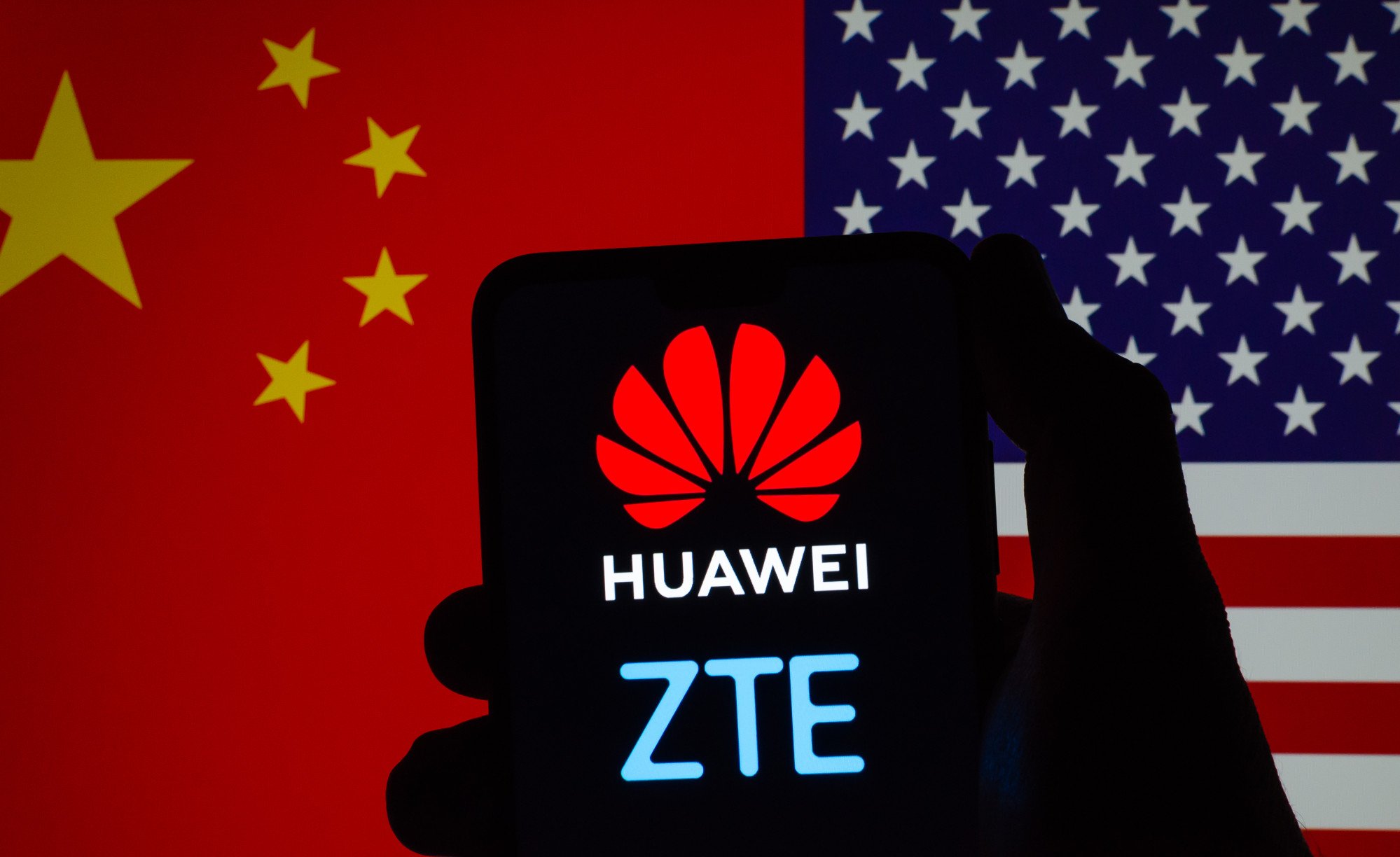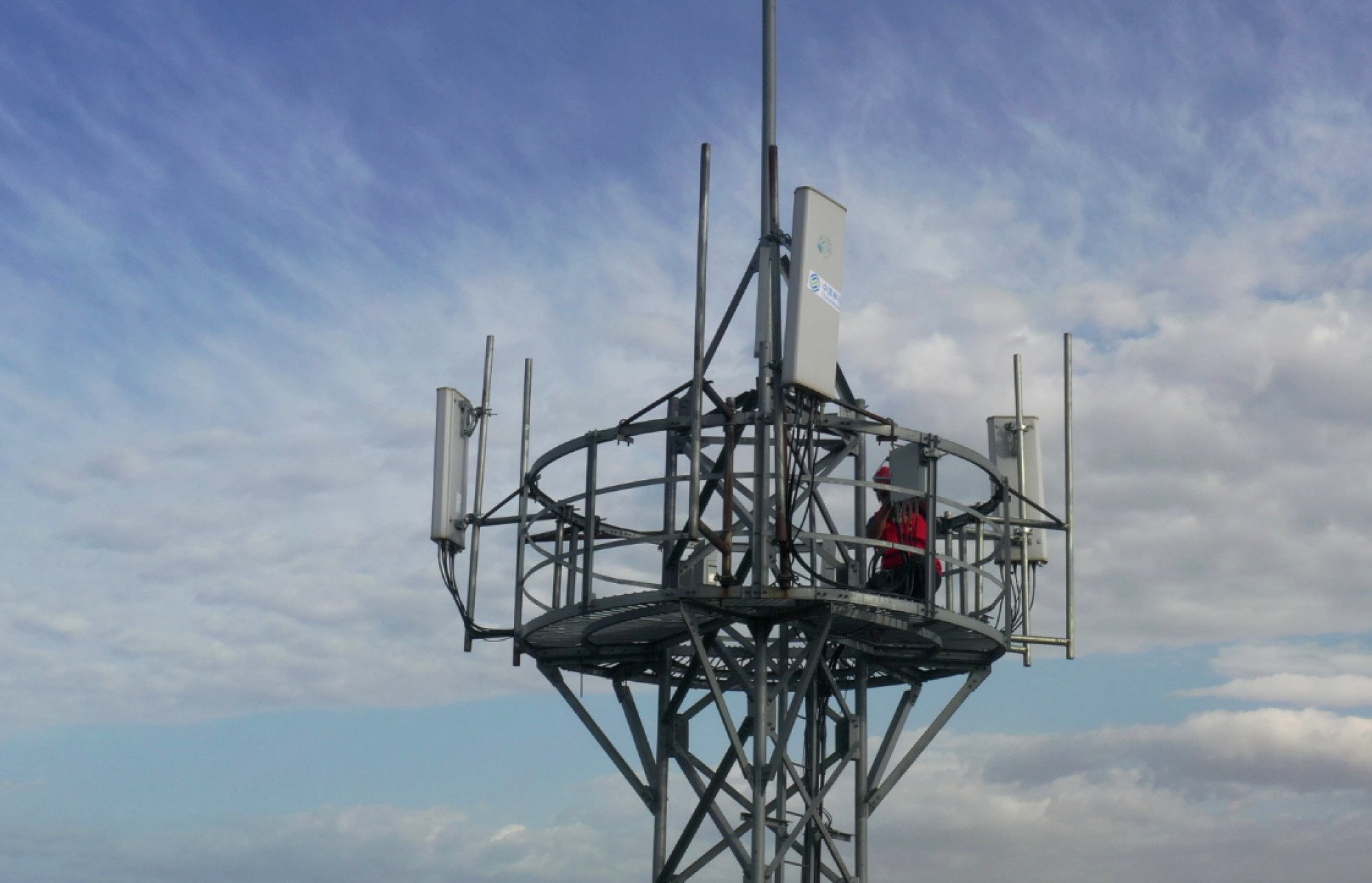Japan’s bid to counter Chinese fifth-generation (5G) infrastructure deployed in the region by offering to help the Philippines build its 5G network is seen as a “welcome development” by observers but they doubt this could curb the dominance of Chinese technologies in the country.
The offer is seen to be linked to a proposed agreement that Manila and Tokyo are exploring to permit troops on either side to enter each other’s territory for joint military exercises and enhanced defence cooperation, especially in maritime areas.
Japan’s Foreign Affairs Minister Yoko Kamikawa is reportedly set to discuss the 5G plan and the finalisation of the bilateral defence pact in the Philippines next month.
The construction of base stations for the open radio access network (RAN) in the Philippines could begin in the next few months ahead of the building of a 5G network.
“The downside that I’m seeing here is the cost. Chinese 5G technologies are renowned for their low cost and efficiency in addition to the current Chinese telecoms footprint in the country. So the entry barrier for Japan is significant,” Sherwin Ona, an associate professor of political science at De La Salle University and a visiting fellow at the Institute for National Defence and Security Research in Taiwan, told This Week in Asia.
Cyber technology was one of the areas of cooperation under a Manila-Tokyo-Washington trilateral agreement, Ona said.

Japan’s efforts to boost the Philippines’ cyber capabilities further reflected its reputation as a reliable partner after it helped the Philippine coastguard and military to modernise, he added.
Given their strong bilateral diplomatic and economic relations, Japan’s offer of sharing technical expertise in the 5G domain was not a surprise, said Allan Cabanlong, a former senior official overseeing cybersecurity at the Philippines’ Department of Information and Communications Technology.
“Japan and the Philippines have collaborated in 3G and 4G already. The collaboration on the 5G network is not something new and is a normal technical cooperation between the two countries,” Cabanlong told This Week in Asia.
The United States would likely provide funding for the project, according to a report by Nikkei.
Washington began restricting the use of telecom equipment from Chinese companies such as Huawei and ZTE in 2017, citing security concerns. Its Federal Communications Commission later designated Huawei and ZTE as national security threats.
US allies have also followed suit following pressure from Washington, with countries such as Australia, the United Kingdom, and Japan banning the use of Chinese equipment for their 5G networks.

These countries claim their infrastructure could be prone to cyberattacks and unauthorised surveillance if Chinese 5G technology were deployed.
Chinese-made network base stations, however, are widely installed in developing countries. Huawei and ZTE account for about 40 per cent of the global market share of 5G telecom equipment.
Japan might encounter difficulties in rolling out its open RAN in the Philippines as it was known to be unwieldy and complicated compared with traditional 5G RAN technologies used by Huawei, ZTE, and Swedish company Ericsson, Cabanlong said.
Cabanlong noted the majority of the Philippines’ telecommunications infrastructure was built using 5G technology from Chinese networks.
“Dropping such infrastructure would be a big challenge for the telecommunications operators in terms of cost and redeployment,” he said.
Risk diversification
Nonetheless, countries that used Chinese 5G equipment could be vulnerable to cyber threats, Ona said.
“Several countries have banned the use of Chinese products for their 5G networks. There are legitimate fears that these products can open back doors such as unauthorised access to networks and enable surveillance and espionage.”
Ona cited Chinese laws that compel organisations to work with the state in national security matters as a risk for countries relying on Chinese 5G technology.
“Given [Beijing’s] belligerent behaviour in the West Philippine Sea and its grey-zone operations using cyber and disinformation, I think opting for Japanese providers is a wise choice for the Philippines,” he said.
Cabanlong said any tech infrastructure could face threats from everywhere, regardless of whether Chinese technology was deployed.
Most telecom companies around the world used traditional 5G RAN technology while Huawei and ZTE followed standards set by the International Telecommunication Union, Cabanlong said.
“If a certain telecommunications equipment passes through an inspection or validation using internationally accepted standards in cybersecurity then it can be safely used by telecom operators, whatever manufacturer it is.”

Nonetheless, the Philippines should strengthen its capabilities to detect possible cyberattacks on its critical infrastructure and employ technical experts to thoroughly inspect its equipment and validate processes that meet international standards, Cabanlong said.
On the ban by Washington and some of its allies against the use of Chinese technology for their 5G infrastructure, Cabanlong said the moves were driven primarily by political factors.
There were advantages in joining such cyber alliances to protect against cyberattacks but whether the Philippines should do so was for President Ferdinand Marcos Jnr and the country’s technical agencies to decide, he added.
Philippine authorities should not discount the possibility of banning any equipment manufacturer if there were credible threats from the deployment of 5G technology in the country’s infrastructure, according to Cabanlong.
Cabanlong said: “If technically proven, that certain manufacturer supports malicious activities using their infrastructure, that is the technical evidence to share to the world that the manufacturer can be banned.”



